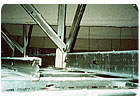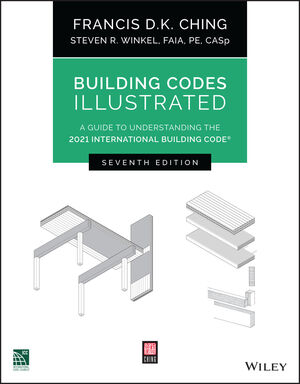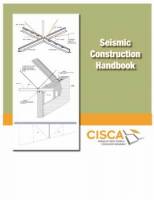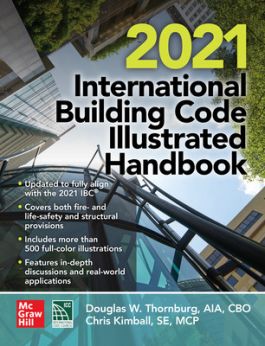

Lateral force bracing on a suspended plaster ceiling caused stress from above on the brittle plaster, resulting in cracks.
The horizontal bracing topic for earthquake regions is covered in a sub-referenced document. The International Building Code (IBC) Section 1613 requires all components of a building to be designed and constructed per American Society of Civil Engineers (ASCE) 7, Chapter 13, item 13.5.6.2.2. It calls for suspended ceilings to be designed and constructed per Ceilings and Interior Systems Construction Association (CISCA) seismic zones 3-4. So, after all that we must go to the CISCA document.
Under Lateral Design Requirements, the CISCA document lays out how to laterally brace the suspended ceiling. However, under exceptions, exception #2 states: “Ceilings constructed of lath and plaster or gypsum board, screw or nail attached to suspended members that support a ceiling on one level extending from wall to wall shall be exempt from the lateral load requirements of these standards.”
The rational is that the gypsum panels and/or plaster weigh more than lay-in tiles and are attached, therefore not as susceptible to falling out of the suspended grid system. In addition, adding this bracing can cause cracking in a rigid plaster ceiling.
All this sounds great, but before you run out to tell the inspector he is wrong to require the pods, you must understand how the code system works. The inspector is charged with making sure the building is constructed per plans and specifications as designed by the architect. He will intercede and override the plans if the minimum code requirements have not been met. In this case, this is beyond the minimum code requirements and he is charged to make sure the pods are installed, even if the pods eventually crack the ceiling.
The proper procedure is to request additional information from the architect and point out to the architect that these pods are not required and may crack the brittle ceiling. He/she may elect to waive the pods. If not, you will have to install them. Keep the communication on file and if the ceiling cracks, produce the document and the architect’s directive to install them.
If you have a question for Cracking the Code, send it via e-mail to Jay McNally, editor of Walls & Ceilings magazine, atmcnallyj@bnpmedia.com. Please include “Cracking the Code” in the subject line.




